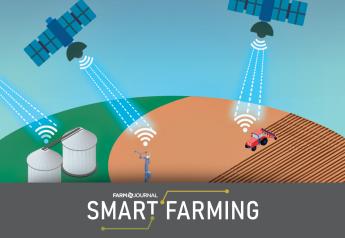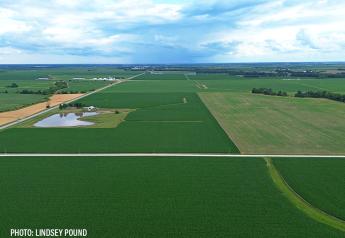Tax Credit Rewards Entrepreneurship

As you're growing your business or looking at forging into new markets, a little-known tax incentive could be just what you--or your farmer customers--need to help finance your expansion. Designed to reward trying new things, the credit
could not only stimulate your business but also spur wider economic development in the community.
Some projects that might qualify for the Research and Experimentation Tax Credit, or R&D tax credit, include:
- Developing all-natural or organic crops or produce
- Developing new or automated systems and operational processes
- Evaluating new irrigation methods
- Testing new seed varieties or production methods
- Evaluating new breeds or species of livestock
For example, if testing new seed varieties, then not only would the new material qualify but also the supporting costs incurred to grow the trial plots would qualify potentially. Fertilizers, crop protection products, fuel, labor and other direct and indirect costs can also qualify.
Determining if an activity qualifies and costs that can be included in the credit calculation can be complex. Seek the help of a tax adviser and an R&D tax credit expert to determine what is eligible and how you can capture these costs to help support the claim. When done properly, the tax savings can be significant.
To show how an R&D tax credit might apply, here is an example: The farmer produces row and tree crops. During the year, the farmer conducted several trials of new materials, including seed varieties, crop protection inputs and fertilizers. It's important to note these were new to him, not new to the world, but the farmer needed to test and evaluate the inputs on his farm before determining the effectiveness and viability of using them on a bigger scale.
The farmer was able to include the wages of those who were involved in evaluating the inputs. He also included the wages of those directly supervising the trials and the field labor involved in the trial plots. Included as supply costs were the inputs tested as well as other necessary costs to grow the crops in the trial plots such as crop protection products, fertilizer and water.
These costs added up to a little more than $550,000 and generated a federal R&D tax credit of more than $35,000. That is a direct dollar-for-dollar tax savings of $35,000.
The tax credit is determined by the amount of qualifying costs, which must be identified and supported. Generally, projects with R&D costs of $250,000 or more are good candidates to pursue the credit. Estimating
the qualifying costs can be a difficult task if done alone. This task can be addressed accurately and efficiently by meeting with your tax adviser and an R&D tax credit expert.
For more on the R&D tax credit, visit www.kcoe.com/changes-rd-tax-credit-benefit-small-business.







